How to combine liquid and granular nutrition for autumn programmes
Related Articles
Andrew Mcmahon from Rigby Taylor looks at combining liquid and granular nutrition for autumn programmes.
The period of October through to March is a key time for turf managers to prepare the plant’s ability to retain its health during the winter months and optimise turf presentation no matter what the weather, thereby ensuring it is in the ideal condition for spring recovery.
Expectations of players and spectators, be it in golf, football, rugby, bowls or any winter sports are sky high these days and sometimes beyond what is achievable given all the external, uncontrollable pressures. Having said that, turf professionals want to produce and present the best surfaces possible, and there is a plethora of products on the market to help them succeed. Control however is the essential element, no more so than when it comes to nutritional programming and it is here that liquids offer turf managers a synergistic approach in association with conventional granular programmes. Key decision pointers to look out for in any liquid nutrient / bio-stimulant supplement range are:
- Flexible application rates
- Multiple mix options
- Formulations that have numerous components and benefits.
The Nutri-Link system was launched by Rigby Taylor in early 2020 to provide turf managers with multiple products and mixes that fulfil the nutritional and / or bio-stimulant requirements for all scenarios, and can be used in conjunction with a granular programme, or even in stand-alone programmes.

Wheatley Golf Club green following applications of Nutri-Link liquids and granular nutrition
In late autumn the continuing maintenance of plant health is essential and this can be enhanced by improving disease tolerance, increasing root mass and depth and stimulating soil microbes whilst temperatures are still high enough. Most granular fertilisers applied at this time of year have a high potassium content; for example Autumn Green BiO 3-0-12+8Fe+6CaO+2MgO. The product delivers the essential level of K the plant needs to improve carbohydrate transportation and storage, critical for spring recovery. If potassium availability is limited, the sugars in the plant can remain in the leaf and so are removed when mown. Disease resistance is improved by the strengthening of the cell walls by the use of calcium in the formulation that forms, with pectin, the middle lamella and helps bind the cells together, a dual source of iron, which promotes lignin synthesis in the secondary wall, and potassium, which is involved in the synthesis of cellulose.
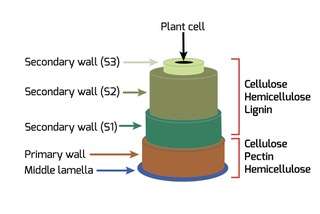
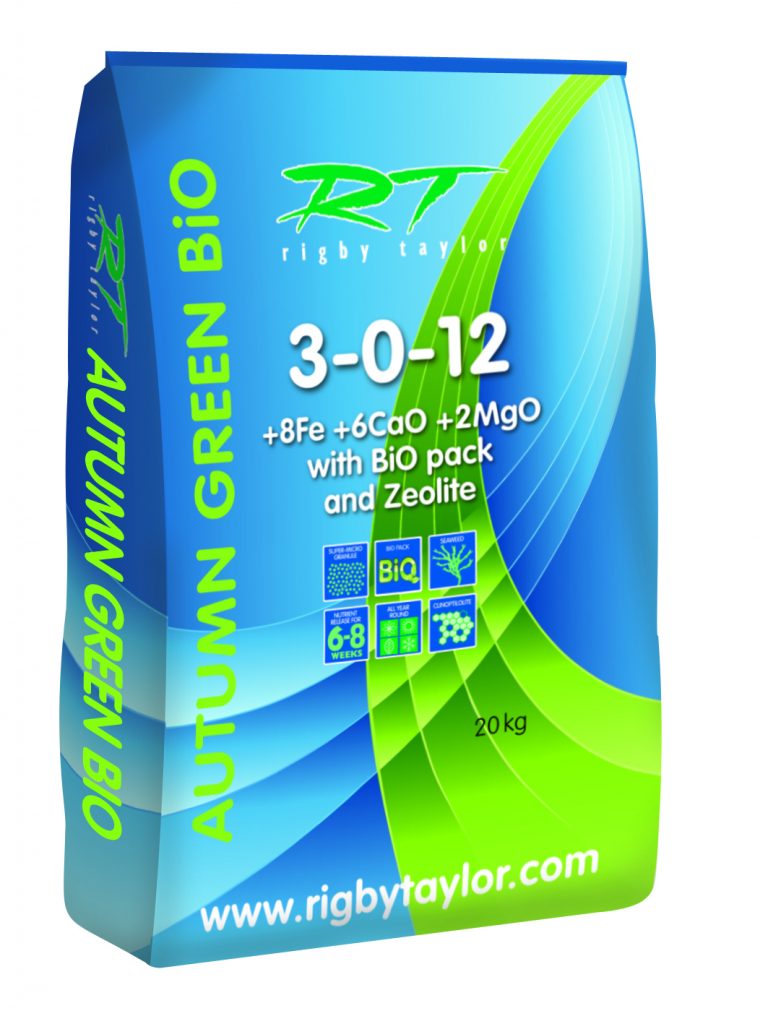
A prime late autumn mix, when root development is still essential and abiotic stresses are high, would ideally comprise products containing high doses of humic and fulvic acids, which will boost root mass and length. This can be achieved by using different mixes of Nutri-Link following an application of a high K granular fertiliser to facilitate the assimilation of nutrients. Such combinations will reduce leaching by accelerating cell division resulting in higher biomass production.
Stress relief will also be achieved with the incorporation of seaweed and amino acids, which will improve absorption of nutrients due to the chelating properties, and in conjunction with a small amount of nitrogen and iron, ensures a quick pick up. Applying only a small amount of nitrogen is important so as not to make the plant more susceptible to turf diseases.
If the granular fertiliser used contains just NPK, supplementing the programme with added iron to the above mix helps harden off the plant and improve surface presentation. The use of carbohydrates in the formulation would provide a food source for soil microbes and acts as a catalyst for enzyme production. They also provide rapid leaf absorption, especially in conjunction with the products that contain amino acids. High iron content, with a small amount of nitrogen, will provide excellent colour during the darker months, but more importantly help to improve disease tolerance. Choosing the correct products to provide all these benefits can also mean that even though you may be applying 60lt/ha of mixed products the total nitrogen applied is still only 2kg/ha.
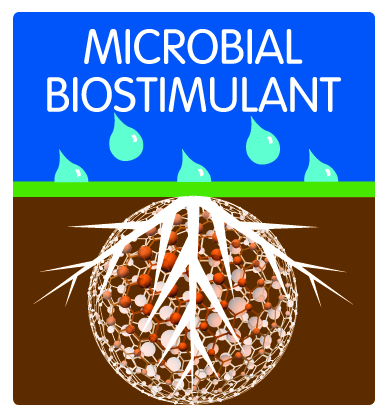
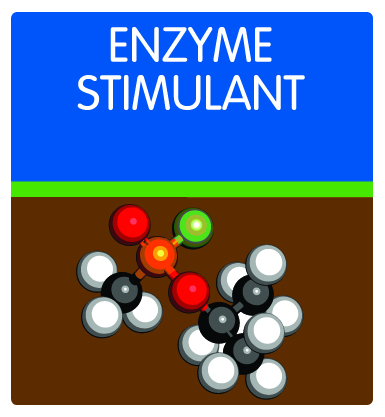
Sometimes weather patterns, or higher than normal surface traffic dictates that more nitrogen, and possibly phosphorus and potassium is required to maintain plant health. Using a system that offers these options means you can apply (control) only the amount you feel is necessary.
Using a formulation containing three sources of nitrogen, including a small amount of nitrate for a quick uptake in cooler conditions as well as calcium and iron, improves wear resistance and disease tolerance with the strengthening the structure of cell walls. It has long been known that regular use of seaweed, ascophyllum nodosum, will help plant recovery and this can be enhanced further if L-amino acids are applied at the same time; a plant cannot produce sufficient amino acids when in stress conditions, so using a product that contains both and mixing it with a nitrogen, calcium and iron product and then adding a high iron with carbohydrates formulation, will provide the plant with everything it requires, with a nitrogen input of less than 10kg/ha.
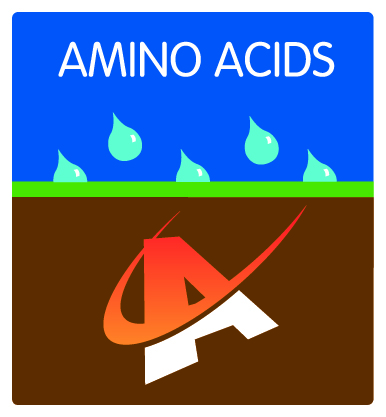
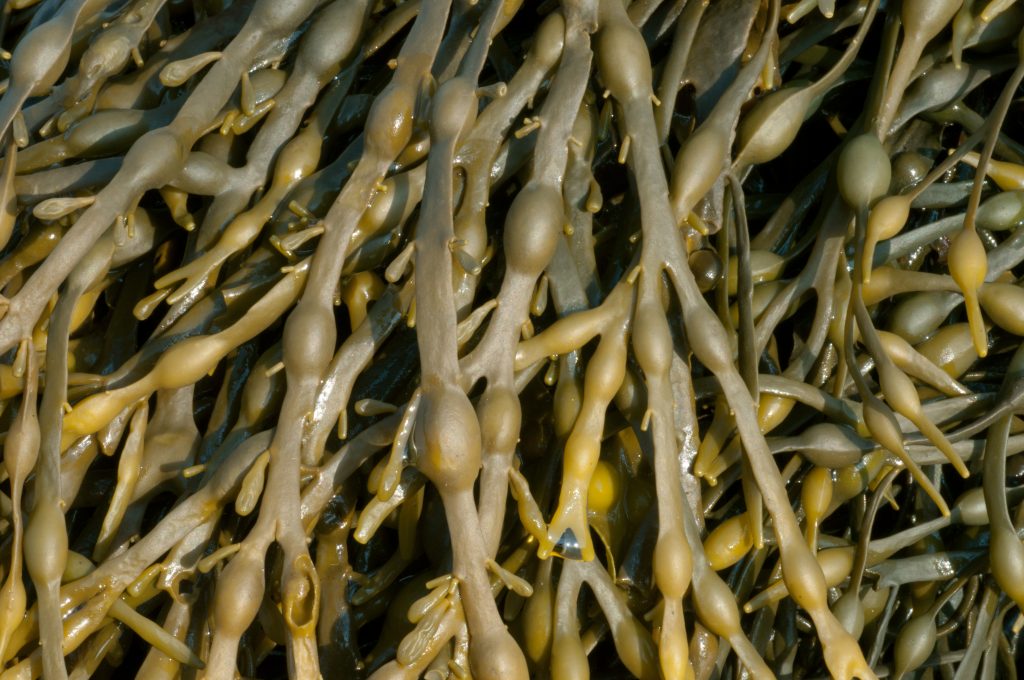
Applying a small amount of P during the autumn is always advisable as a high percentage of this important nutrient in the soil is unavailable to the plant and this can affect rooting and germination of new seed. Applying a balanced NPK liquid, with added trace elements for the optimised uptake of the macro-nutrients will benefit the young new plant especially if it is tank mixed with a humic / fulvic acid mix. Regular applications of such a mix will also improve the physical, chemical and biological characteristics of the rootzone. Added vitamins A, C and E will improve nutrient uptake further by using an ascophyllum and amino acid mix. Applying these three formulations, protein and carbohydrate metabolism is enhanced, and nutrient uptake and availability are boosted. Such applications will provide a balanced nutrient input but not exceeding 7kg/ha of nitrogen, 1.2kg/ha of phosphorous and 4.2kg/ha of Potassium, at the highest application rate.
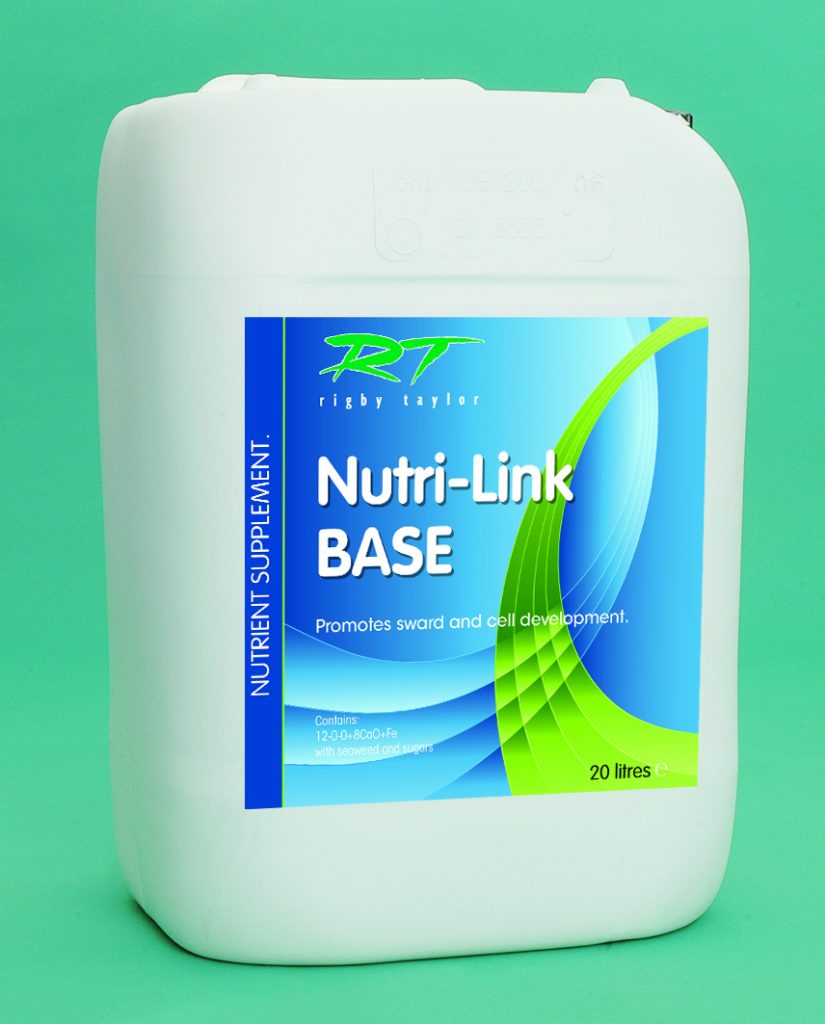
The Nutri-Link system offers multiple mixes using various products from the range at any time of the year, helping turf managers produce the best possible surfaces in all situations and circumstances.

Andrew Mcmahon (pictured) is the Fertiliser Product Manager for Rigby Taylor.
Visit: www.rigbytaylor.com

























